UNESCO in Colombia has several World Heritage Sites that showcase the country’s rich cultural and natural diversity. It’s important to note that new sites may have been added or changes may have occurred since then. Here is a comprehensive list of UNESCO World Heritage Sites in Colombia, along with brief explanations of their significance:
Port, Fortresses and Group of Monuments, Cartagena (1984)
Cartagena, a Caribbean port city, has well-preserved colonial architecture and fortifications. The site represents a strategic military and commercial port during the Spanish colonial era and reflects the blending of European, African, and indigenous influences.
National Archeological Park of Tierradentro (1995)
Tierradentro is known for its underground tombs, hypogea, carved into the rock. These tombs were created by an ancient culture and provide insights into their burial practices and belief systems.
San Agustín Archaeological Park (1995)
San Agustín is home to a collection of ancient stone statues and burial mounds. The archaeological park represents the funerary practices and artistic achievements of an ancient civilization.
Malpelo Fauna and Flora Sanctuary (2006)
Malpelo Island, located in the Pacific Ocean, is a key area for marine biodiversity. The site is a sanctuary for various species of sharks and other marine life, serving as a critical marine ecosystem.
Coffee Cultural Landscape of Colombia (2011)
The Coffee Cultural Landscape of Colombia is recognized for its cultural significance and sustainable coffee production. The landscape showcases traditional coffee farms, villages, and the unique relationship between people and their environment.
Historic Centre of Santa Cruz de Mompox (1995)
Mompox, located on an island in the Magdalena River, is known for its well-preserved colonial architecture. The historic center reflects the city’s importance as a river port during the colonial era.
Los Katíos National Park (1994)
Los Katíos National Park is recognized for its high biodiversity, including various ecosystems such as tropical rainforests and wetlands. It serves as a habitat for numerous plant and animal species.
Chiribiquete National Park – “The Maloca of the Jaguar” (2018)
Chiribiquete National Park is a vast natural and cultural landscape known for its rock art, including paintings depicting animals and human figures. The park is also rich in biodiversity, with a variety of ecosystems.
Archaeological Park of San Agustín, Huila (1995)
Similar to the San Agustín Archaeological Park mentioned earlier, this site in Huila also features ancient stone statues and burial mounds, providing further insights into the region’s pre-Columbian cultures.
Conclusion:
Colombia’s UNESCO World Heritage Sites encompass a wide range of cultural, historical, and natural treasures. These sites reflect the country’s diverse heritage, from colonial architecture and archaeological wonders to vibrant landscapes and ecosystems. The recognition of these sites by UNESCO underscores their global significance and the importance of preserving them for future generations. Additionally, these designations often contribute to sustainable tourism, fostering awareness and appreciation for Colombia’s unique cultural and natural heritage.


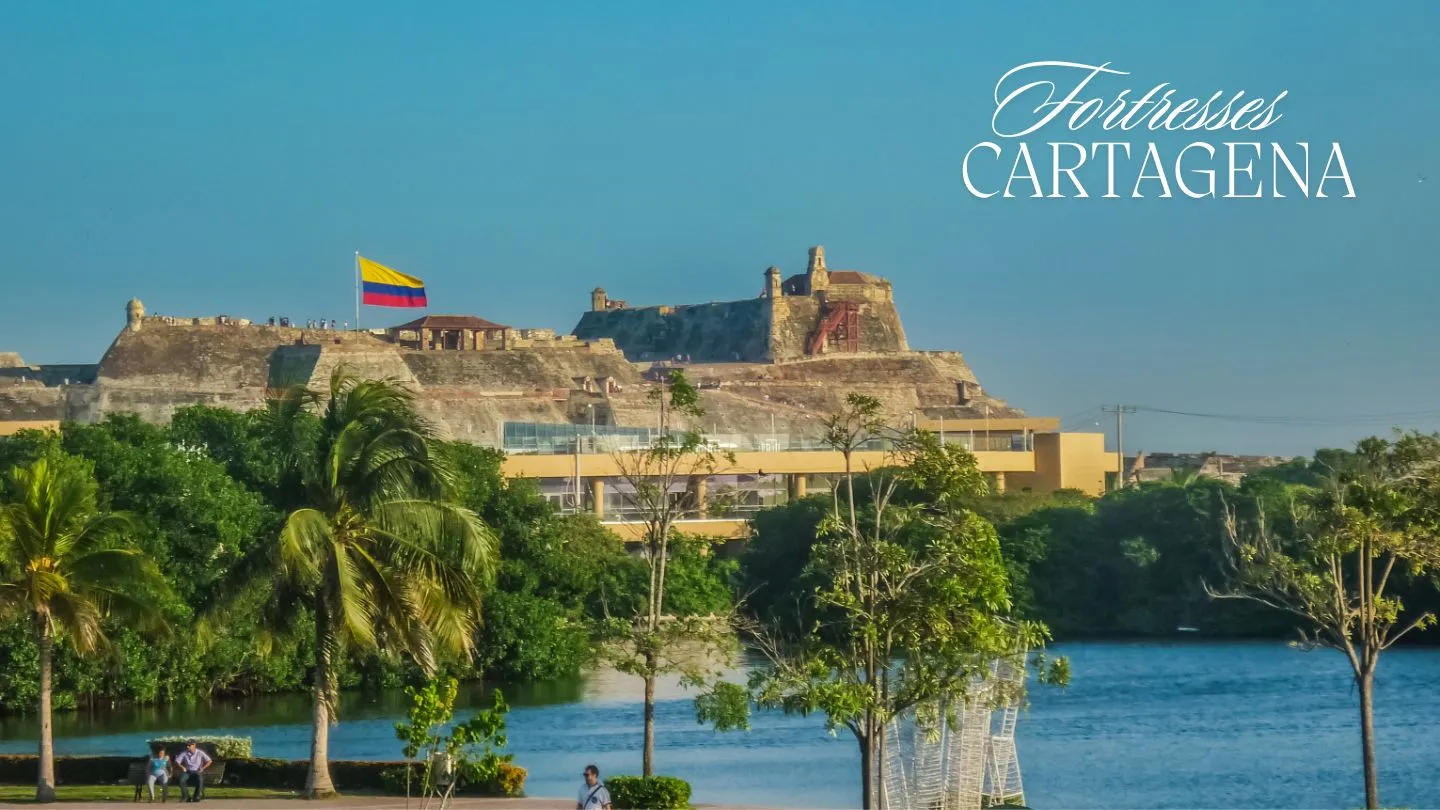
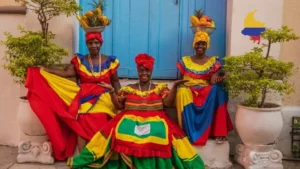
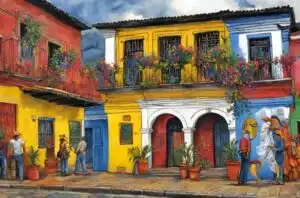





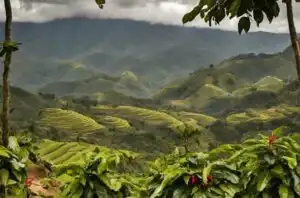




















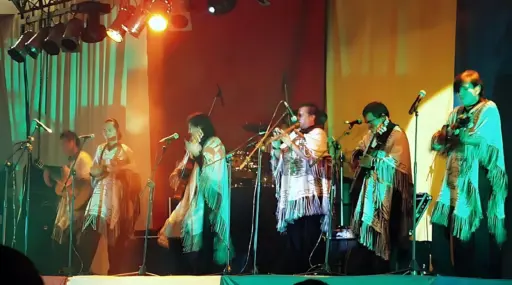

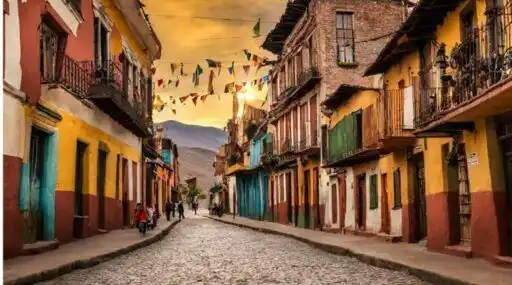













Leave a Reply